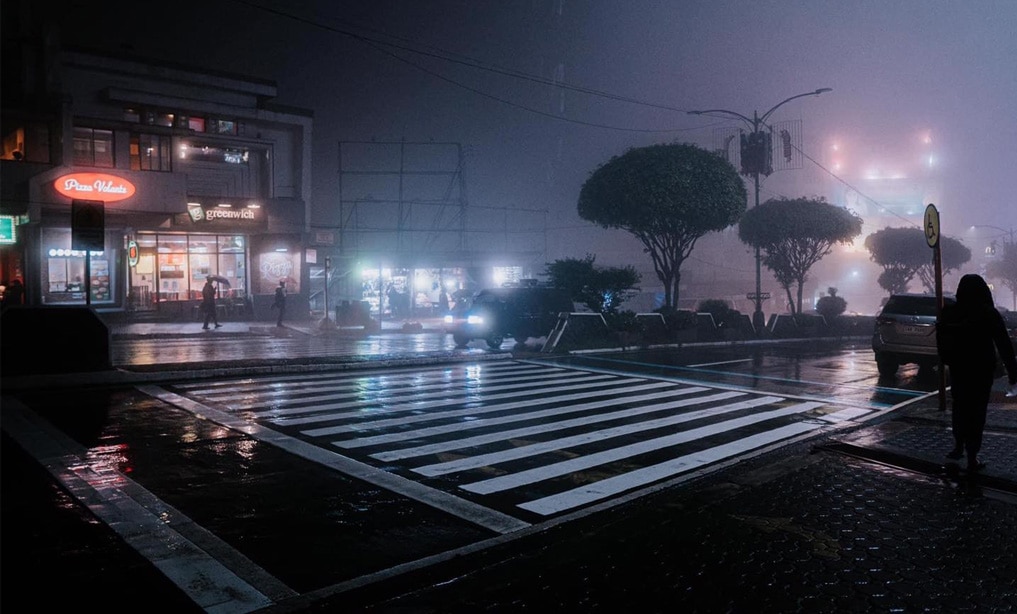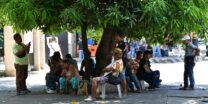“DOES it ever drive you crazy just how fast the night changes?”
Maybe One Direction fans feel nostalgic whenever they hear this line from the song “Night Changes.” The song tackles how the night, as a metaphor for growing up, can drastically change life in all aspects.
But not all changes are fast, darling – especially during the Christmas season in the Philippines.
The winter solstice, also known as the hibernal solstice, is when the sun lies at its farthest point south of the equator. It usually takes place between December 21 and 22, according to Britannica.
The winter solstice is responsible for why the Philippines experiences longer nights and shorter days when the Christmas season peaks.
The Philippine Atmospheric, Geophysical and Astronomical Services Administration (Pagasa) said the December solstice will be on December 22 at 5:48 a.m. This marks the beginning of Philippine nights lasting longer than the day.
Not only that, but it is also the start of colder nights ahead for the country, according to the state weather bureau.
In Baguio City, the coldest temperature so far was 13 degrees Celsius last December 1.
According to Pagasa, the northeast monsoon, commonly known as “amihan,” is responsible for the cold nights in the country. The northeast monsoon brings cool and dry air from a massive anticyclone. The anticyclone is a meteorological system with high barometric pressure.
The northeast monsoon occurs over Siberia, Mongolia, and northern China during the northern winter. It produces cloud formation and rainfall in the country’s eastern regions, Pagasa’s Romeo Ganal Jr. said in a report.
He said most of the time, amihan starts blowing cold air from November or December until February of the following year.
After the weather bureau announced the start of the amihan season in October, it is expected that the country will experience a surge in cold temperatures during the -ber months, it said.
“The northeast wind flow is expected to gradually become more dominant over Northern Luzon, bringing cold and dry air. Surges of cold temperatures may also be expected in the coming months,” Pagasa Administrator Vicente Malano said.








